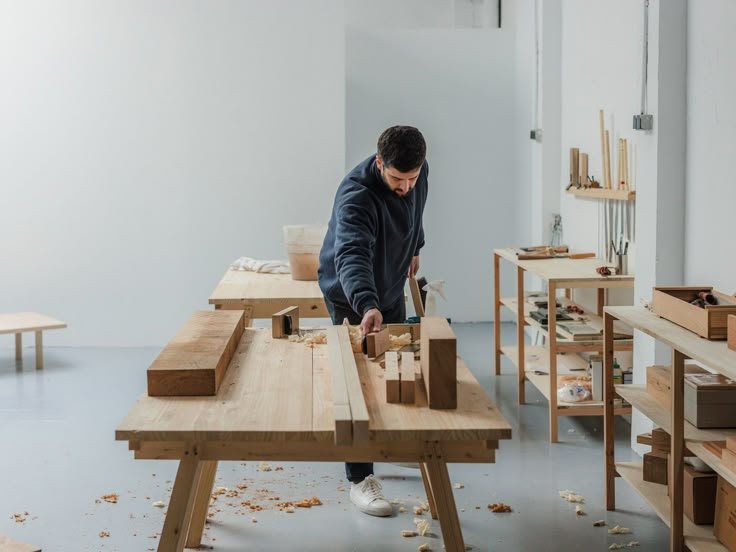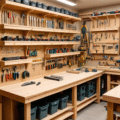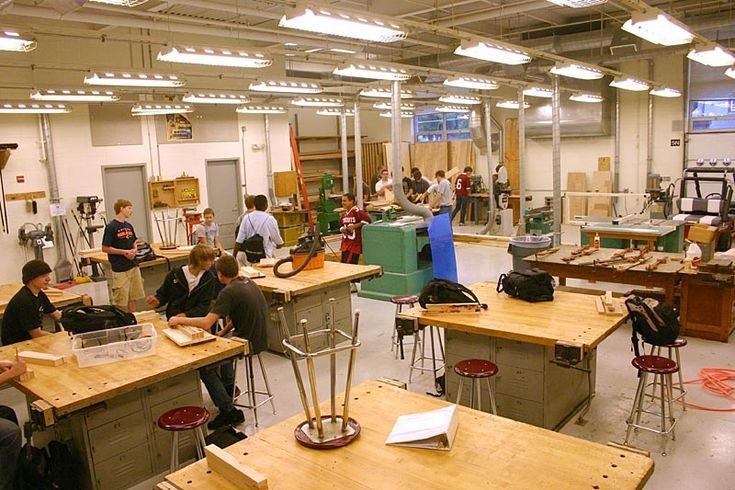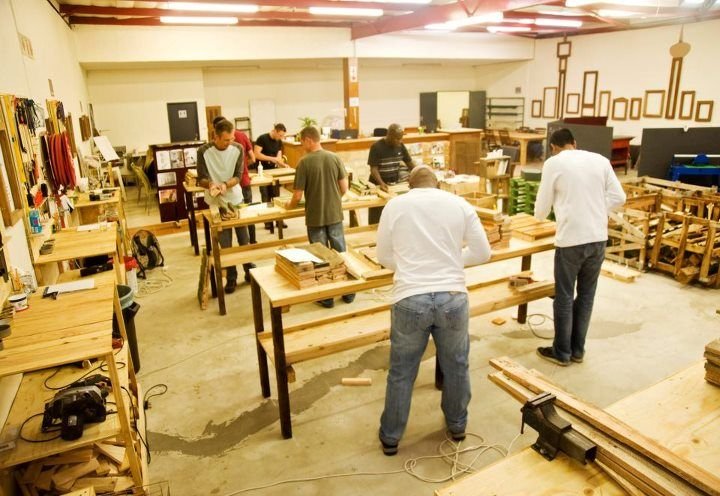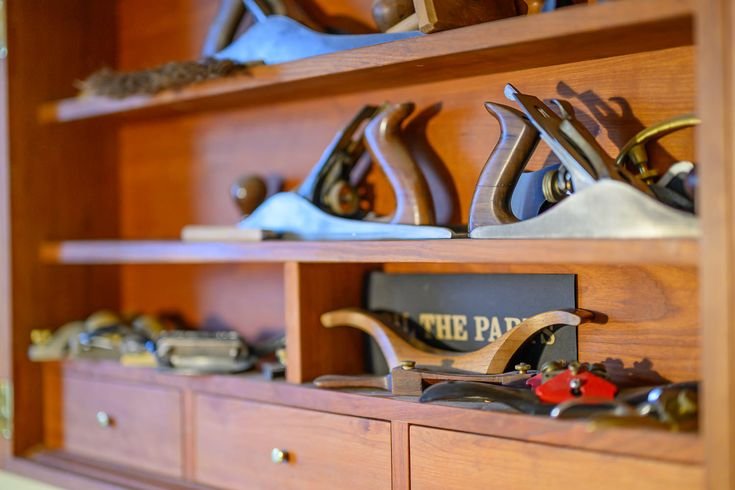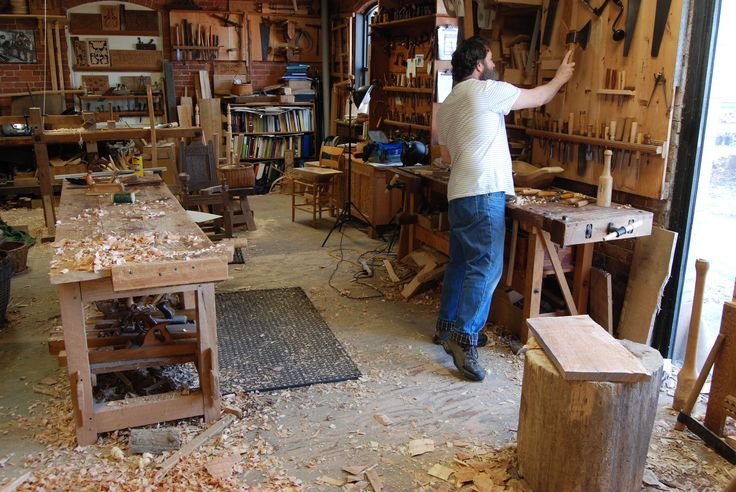A Little Story About Woodworker’s Glue
You know how it goes—one minute you’re sitting on the couch, sipping coffee, scrolling through Pinterest, and the next minute you’re convinced you can build your own dining table. Yeah, I thought I was Super Craftsman too, until the day I really found out what woodworker’s glue was all about.
It was a rainy Saturday, the kind that just begs for projects and maybe, if you’re lucky, a little mess. I’d recently picked up some beautiful oak boards from a local lumber yard—a smell that still haunts my dreams, earthy and rich, like the woods right after a downpour. I can almost hear the sawdust salsa dancing around the garage while I dreamily plan out my grand project.
So, here I am, measuring, cutting, sanding. And of course, I’ve got my brand of woodworker’s glue ready to go. Nothing fancy—just a bottle of Titebond III. It’s the yellow stuff, not too runny, just right for my beginner pipes. The problem came not from the glue itself, but from my hesitations. I thought I could cut corners, skip a few steps. Who needs clamps, right? Well, let’s just say I was about to find out.
The Struggle is Real
So, I’ve got my pieces laid out, looking all fine and dandy. I slather on some glue, then I shove the pieces together, hoping for the best. And, oh boy, the moment I figured out I was in trouble was when I spotted a gap—just a wee little one, maybe an eighth of an inch. But in my dreams, this table was going to be perfect. No gaps, no wonky edges. I mean, what was I thinking?
I almost gave up at that point. Seriously, there was a moment when I just stood there in my garage, hands on my hips, staring at the pile of wood like it was a wild beast that had just defeated me. Maybe I should have just grabbed a takeout menu instead?
Instead, I decided to push through. I started looking around for anything to clamp those boards together tight. That’s when I spotted my old coffee mugs stacked along the back of the counter—yep, that old collection of chipped and mismatched cups I’ve never gotten rid of. I thought, “Why not?” I lined those bad boys up and stacked more weight on top, hoping for some miracle.
The Sweet Smell of Success
After what felt like an eternity—or about an hour, but who’s counting—I had everything cinched together. I cleaned up the glue squeeze-out with some paper towels, enjoying that sweet, woodsy aroma drifting through the air. Seriously, the smell of wood glue gives me life. Maybe it’s the promise of something new, of potential.
I let it sit overnight, feeling a mix of hope and dread swirling in my gut. When I came back the next day, I was half-expecting a disaster. But lo and behold, the glue had dried, and you know what? That table was holding together better than I’d dared to dream. No gaps! It almost looked… decent. Well, decent for a first-timer, anyway.
And as I stood there, running my fingers over the smooth surface, I laughed because I’d been so ready to toss in the towel. There’s a lesson there, if I’m being real with you. It’s not just about using the right glue. It’s about perseverance. Oh, and maybe don’t shy away from the clamps next time, you know?
Reflections from the Workbench
After that, I started to really appreciate woodworker’s glue for what it is. It’s not just a sticky liquid; it’s a partnership with your wood pieces. A relationship based on trust, if you will. Sure, there are a hundred different kinds out there. Got a beer and a buddy who swears by epoxy? That’s great for some things, but for that warm, homey vibe, I’ll take Titebond any day.
I’ve come to learn there’s a quality to using wood glue that’s almost meditative. You pick up the wood, feel it, smell it, and then you lay on that glue like frosting on a cake. It’s this moment where you think, “Okay, I’m investing in something that’s going to last.” And the satisfaction of knowing you’ve made something with your own two hands? That’s priceless.
A Final Sip of Reflection
Honestly, if I could tell you one thing, it’s that if you’re thinking about trying your hand at woodworking, just go for it. Start simple. Buy some woodworker’s glue, find a good piece of wood, and get started. Make a mistake or two; it’ll happen, and that’s okay. I wish someone had told me that back when I was sliding my pieces together without clamps.
We’re all a little clumsy at the start, and that’s part of the charm of it. So raise a mug—maybe one that didn’t survive the garage project—and toast to the beautiful mess that is woodworking. Keep at it, my friend. You might surprise yourself with what you can create.

